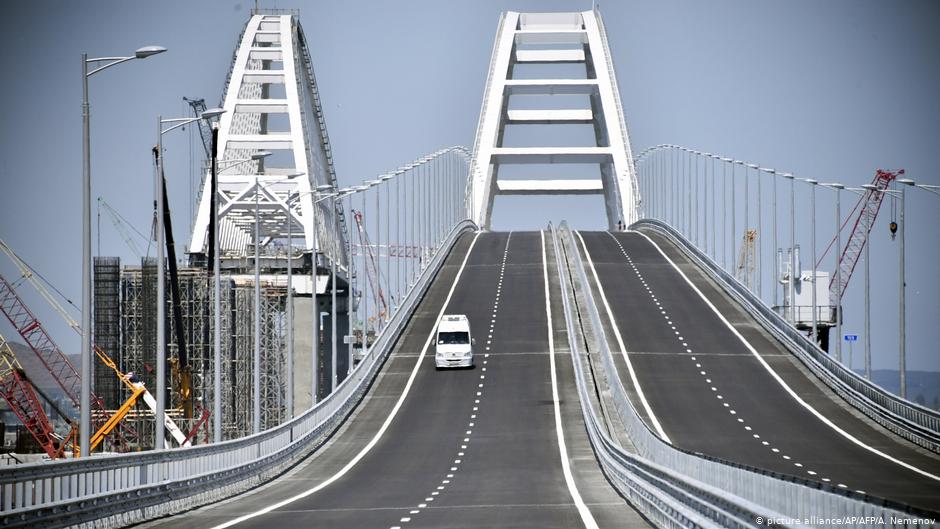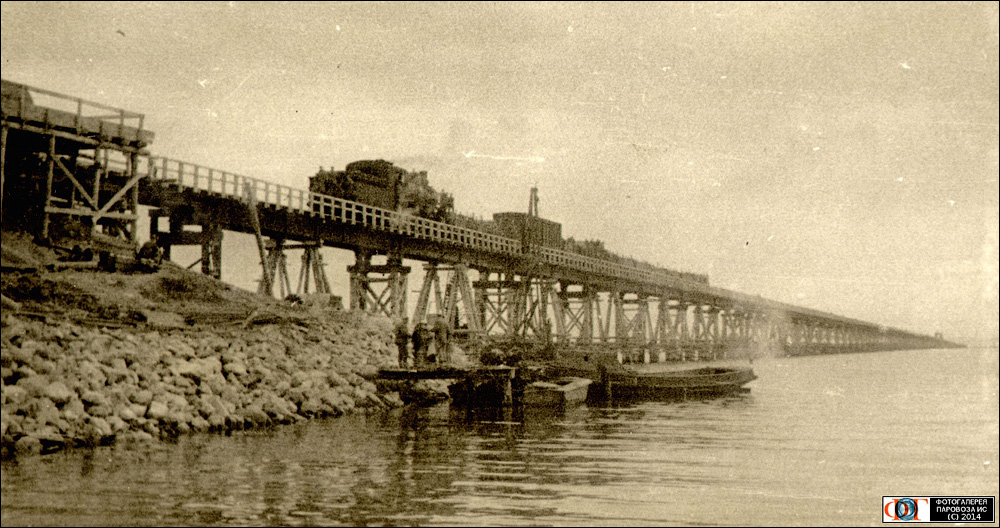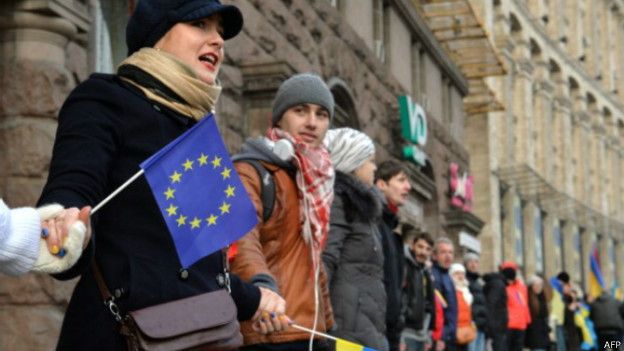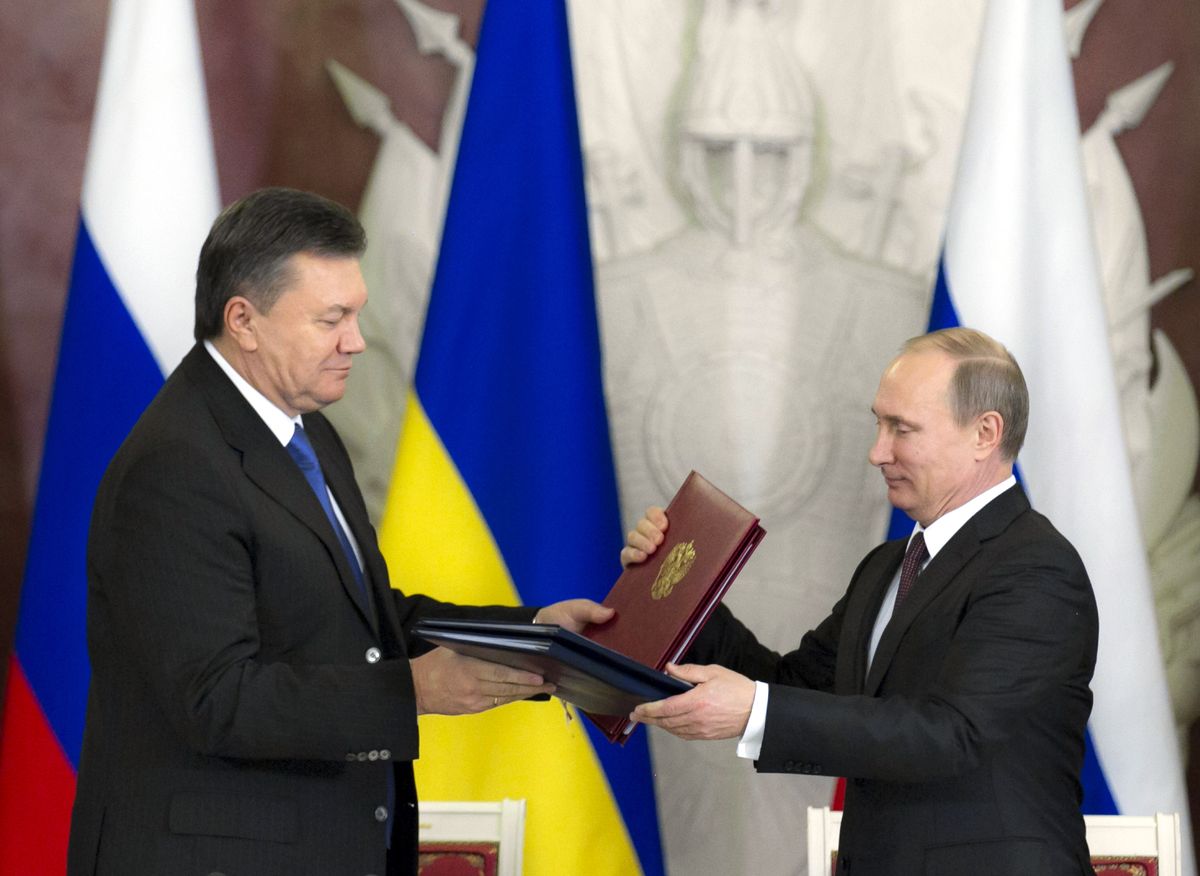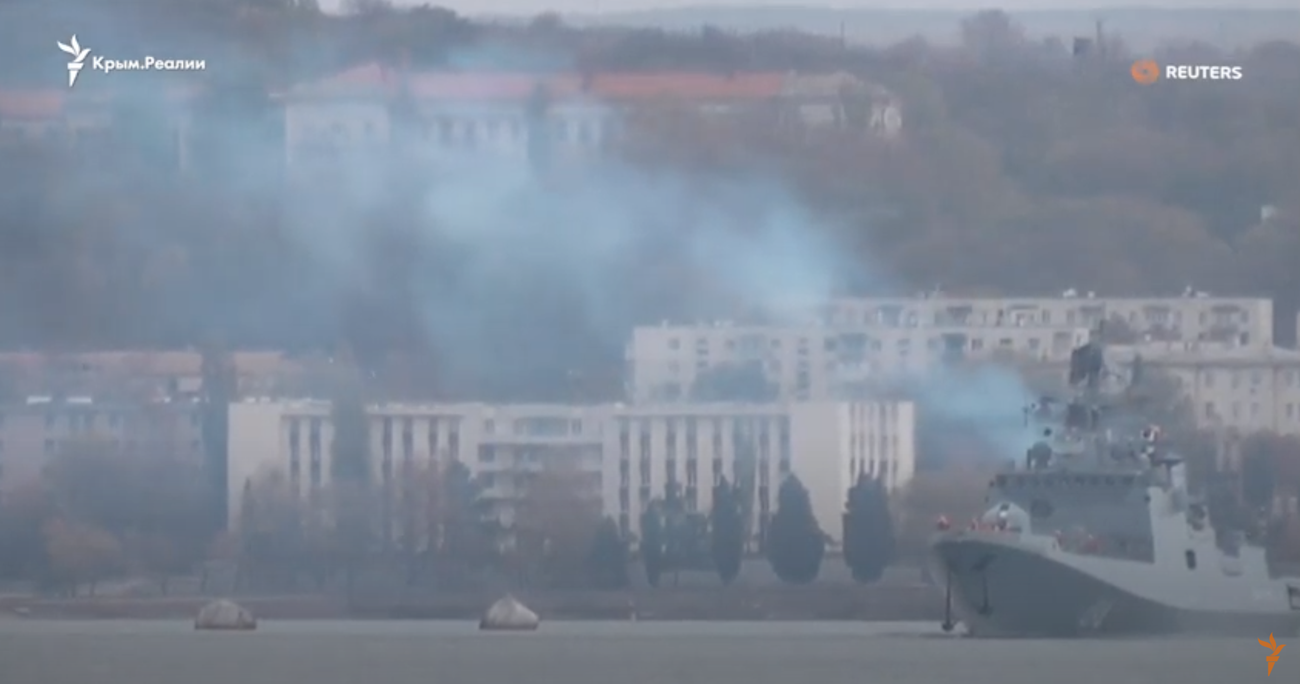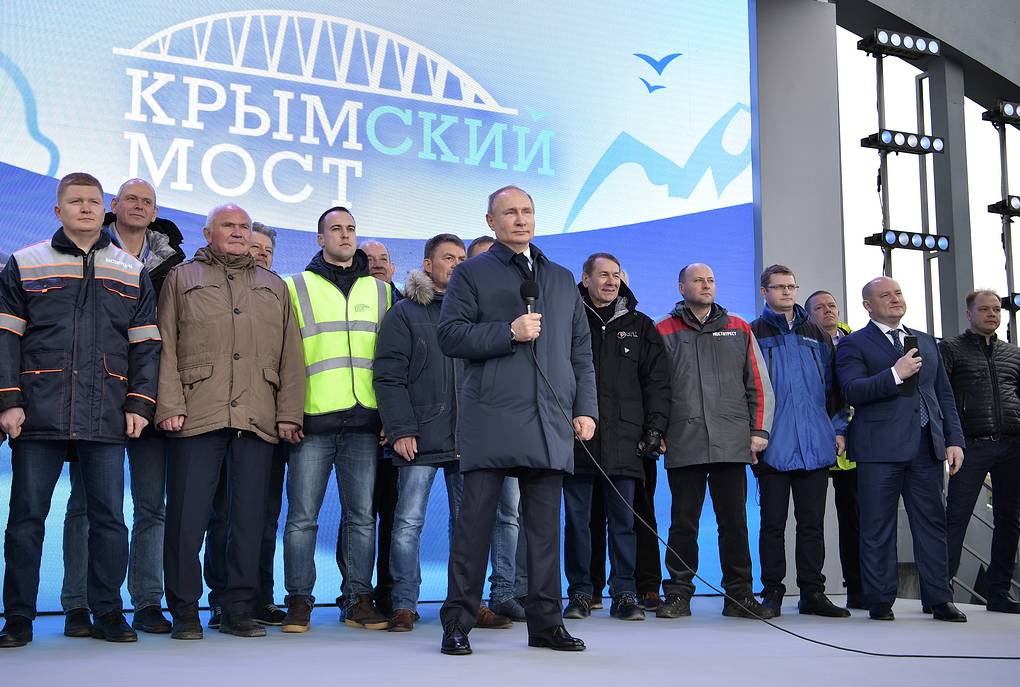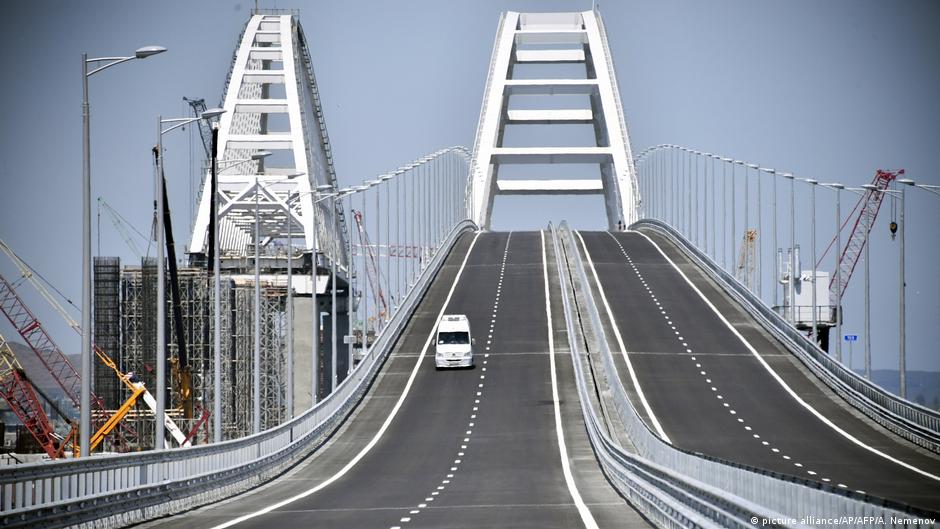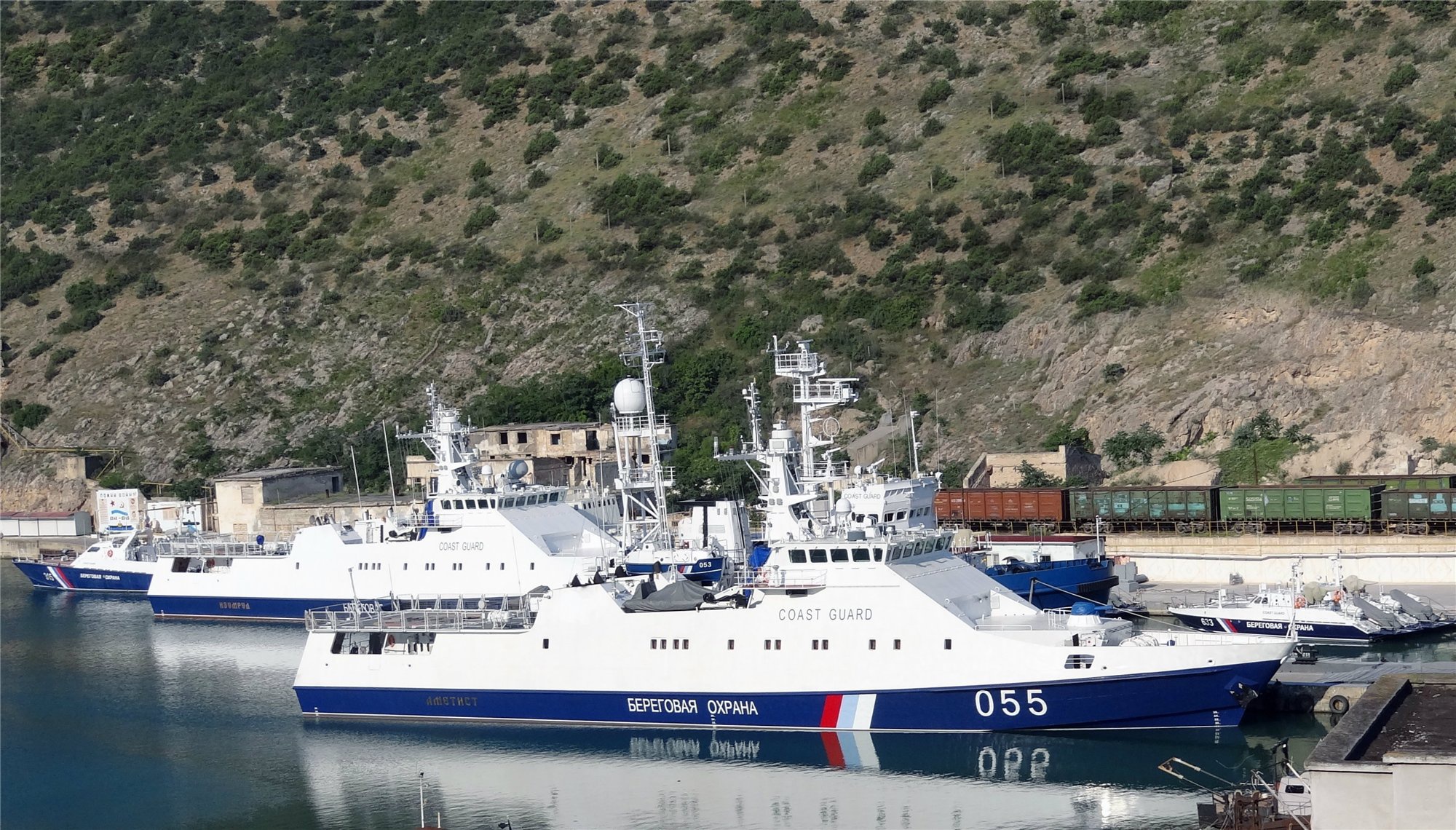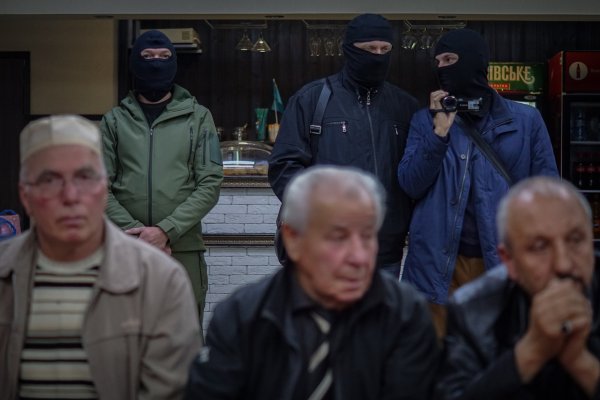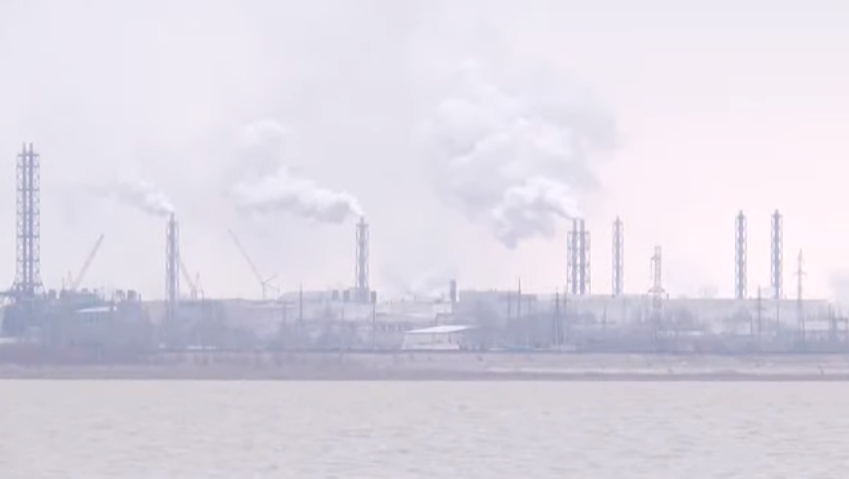On the whole, the construction of the Crimean Bridge has helped the Russian Federation to significantly increase its military logistics capabilities in the Azov and Black Sea region.
The on-line portal of regulatory and legal acts of the Russian Federation published the order of the Russian Ministry of Transport establishing boundaries and configuration (spatial outlines of boundaries) of security zones around certain objects of transport infrastructure. This is how the so-called "security zones" were established within the temporarily occupied territory and in the waters of the Kerch Strait and the Sea of Azov. These zones have ground (land), air and water components. Their establishment has further complicated civil merchant shipping, effectively tightening the blockade of the Ukrainian ports of Berdyansk and Mariupol.
This decision is substantiated by the inclusion of the bridge across the Kerch Strait on the Russian list of certain infrastructure objects used in transportation of nuclear materials. A step like this may indirectly indicate that nuclear weapons and nuclear infrastructure could be present in Crimea, which is in need of maintenance, meaning specifically the need to transport nuclear materials and relevant pieces of weapons and military equipment from the territory of the Russian Federation.
In addition, the illegal construction of the Crimean Bridge caused damage to the environment. This infrastructure project may trigger irreversible changes in the ecosystems of the Azov and Black Seas and cause environmental damage to the island of Tuzla. Potentially, changes in the currents and level of waters, as well as in chemical composition of water which could lead to the death of many living organisms, including the listed dolphins.
Actions of the occupying state in relation to navigation in the waters of the Kerch Strait and the Sea of Azov represent a gross violation of the international maritime law, specifically the UN Convention on the Law of the Sea of 1982, as well as the 2003 treaty between Ukraine and the Russian Federation on cooperation in the use of the Sea of Azov and the Kerch Strait. The most comprehensive documents that condemn this situation are: Resolution of the UN General Assembly A/RES/73/194 (Problem of the militarization of the Autonomous Republic of Crimea and the city of Sevastopol, Ukraine, as well as parts of the Black Sea and the Sea of Azov dated 12/17/2018); A/RES/74/17 (Problem of the militarization of the Autonomous Republic of Crimea and the city of Sevastopol, Ukraine, as well as parts of the Black Sea and the Sea of Azov dated 12/09/2019); and Resolution of the European Parliament 2018/2870 (RSP) on the situation in the Sea of Azov dated 10/25/2018.
On 12/22/2016, a court was formed in response to the claim filed by Ukraine against the Russian Federation in accordance with the 1982 UN Convention on the Law of the Sea, which commenced consideration of the case of Ukraine vs. the Russian Federation (Dispute between Ukraine and the Russian Federation regarding the rights of a coastal state in the Black Sea and the Sea of Azov, and in the Kerch Strait) in early 2017. Within the framework of the relevant case, Ukraine seeks a legal remedy from the Arbitration Court against the Russian Federation's violations of the Convention which would reaffirm the rights of Ukraine as a coastal state in the Black and the Sea of Azov, and in the Kerch Strait, and would oblige the Russian Federation to respect the sovereign rights of Ukraine in its waters, cease and desist from the illegal use of Ukrainian resources and to compensate Ukraine against the damage it has already caused. Ukraine's claims also refer to the illegal construction of the Kerch Bridge.
On 02/21/2020, the Arbitration Court resolved to consider the case on the merits of the maritime dispute between Ukraine and the Russian Federation.
 temporarily occupied territory of Ukraine in the Autonomous Republic of Crimea, Krasnodar Territory of the Russian Federation, Kerch Strait
temporarily occupied territory of Ukraine in the Autonomous Republic of Crimea, Krasnodar Territory of the Russian Federation, Kerch Strait
 2018-05-15
2018-05-15
